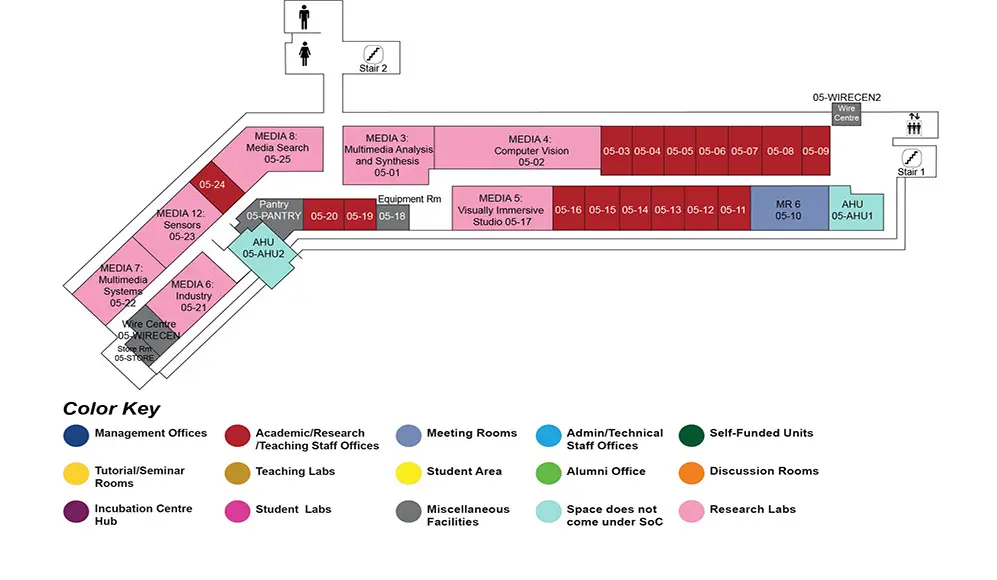Push Consumers to Engage with Online Information: The Impacts of Online Advertisement Layout and Serendipitous Recommendation
AS6 Level 5
MR6, AS6-05-10


Abstract:
The immense online information creates challenges to both marketers and website users. On one hand, the effectiveness of online marketing reduces due to consumers' brief attention on marketed information; on the other hand, consumers are struggled to discover the product that of their interest from countless information. In this thesis proposal, two themes of online information and technology that are particularly important to alleviate the concerns of both marketers and users: online display advertising and recommender systems are explored.
Specifically, Study One aims to investigate the impact of static display advertising design on consumer responses. Static ads are predominantly used in online advertising to promote products. While prior literature mainly studies the effects of ad content, there is a paucity of research exploring how the ad layout affects consumers' attention to the ad. The current study focuses on a fundamental, yet under-studied design factor: the placement of ad text. Many advertisers argue that placing text on the ad picture is a great way to attract attention, while others think that text overlay may reduce the likelihood of consumer approaching the ad. Our preliminary results suggest that ads with text separate from ad pictures can lead to longer attentional duration and greater likelihood of approach behavior compared to ads with text embedded in the pictures.
Study Two aims to design a serendipitous recommender system and evaluate how serendipitous recommendation creates values for consumers. Today, most recommender systems adopt relevance-oriented algorithms to predict user preferences. However, suggesting relevant items does not always lead to a high level of user satisfaction. Hence, how to dig out users' latent preferences and suggest relevant but unexpected items become crucial. To solve this problem, we introduce a novel serendipitous neural collaborative filtering. Beyond the design of this serendipitous recommender system, we also plan to explore how serendipitous recommendation influences consumer perception and behavior through an eye-tracking lab experiment and a large-scale user survey. We expect that compared to relevance-oriented recommendation, serendipitous recommendation will lead to a longer attentional duration on suggested items and a higher level of user satisfaction.

